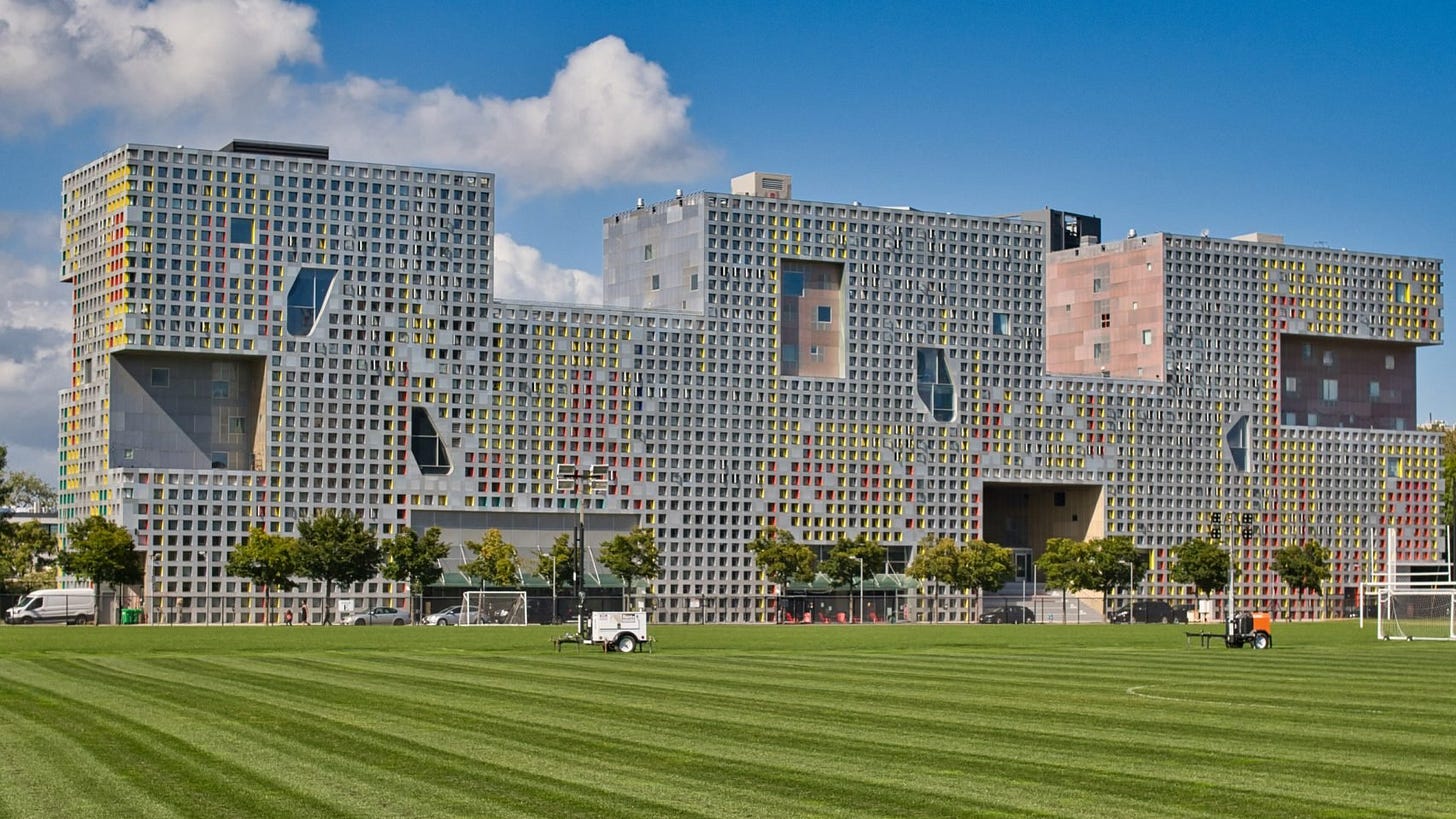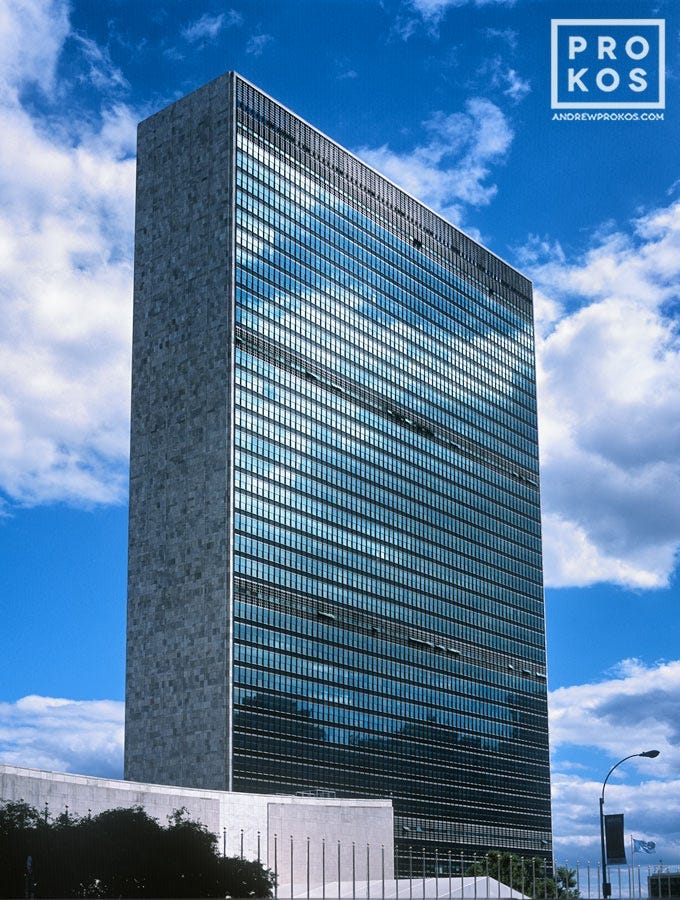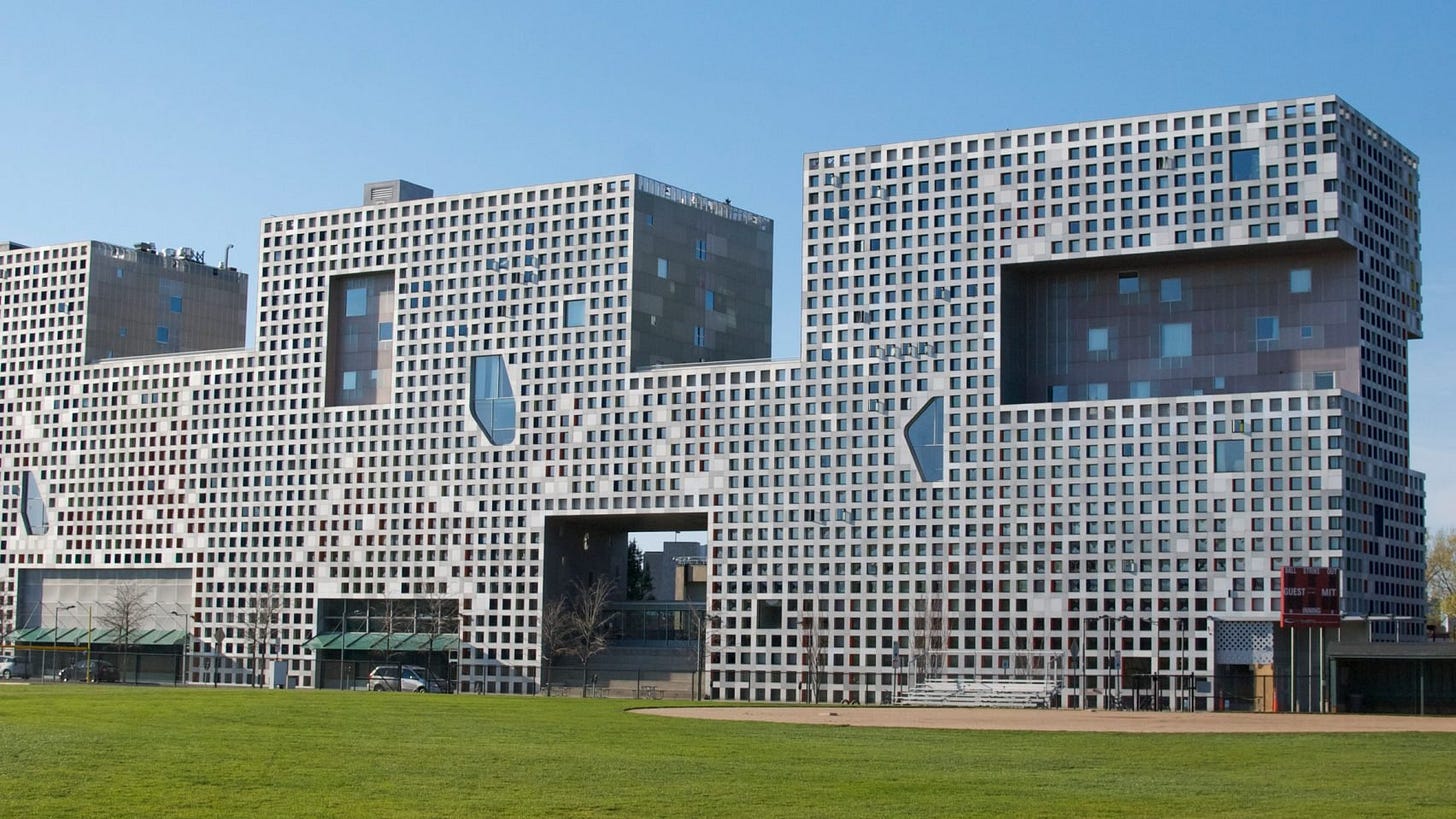The well-respected online magazine Dezeen recently reported on “the ugliest building in America,” as selected by the Swedish organization, Architectural Uprising. The Steven Holl-designed Simmons Hall at MIT was the winner of that organization’s International Aesthetic Atrocity Awards. According to Dezeen:
Architectural Uprising (AU), which advocates for classical over modernist architecture, announced the first of what will be an ongoing award to show ‘exceptional achievement in the continued uglification of our cities.’
I feel compelled to explain my interest and why I believe this is relevant for this space. I am a very committed fan of modern architectural styles. Hence, there is a chance that I am too sensitive to the various criticisms of Modernism. We’ve heard the glass box critiques with a degree of acceptance. Brutalism is tough to love, and Frank Gehry is not for everyone.
The point is that some criticisms of what is broadly known as Modern Architecture are valid. But while the term “ugliest building in America,” might be slightly tongue-in-cheek, a case can be made that the pendulum swing of criticism towards modern architecture may have swung too far towards the negative.
The Case Against Modernism
A criticism of Modern Architecture by an Indian architect, Dr. Benny Kuriakose, is below and serves as an example of many of the complaints I have come to accept to one degree or another:
Failures of Modern Architecture:
Many architects and thinkers have said that the ‘Modern Architecture Movement’ with its tower blocks, apartments, shopping malls, housing layouts etc., is unsuitable from the social, cultural and environmental point of view. But unfortunately, many of the present-day architects and designers do not know their work is hated by the people who live with it. They may accuse the public of lack of taste or for not appreciating the formal qualities of the so-called architecture, which one can only assume to have been built for the admiration of other architects and for the glossy magazines.
It might be instructive to parse this particular criticism. For example, “many of the present-day architects and designers do not know their work is hated by the people who live with it” seems like an overstatement.
The original post-war need to quickly provide housing and other structures made use of concrete for its availability and relatively low cost. We have discussed that previously here.
However, the criticisms of modern structures that continue to use or overempasize the use of concrete contend that the people these projects are meant to serve don't feel very well served.
It is important to note that not all concrete structures are as offensive to the eye, or as offensive to the user, as public housing block structures would make you want to believe. Louis Kahn, for example, successfully juxtaposed concrete with other materials in many of his most significant works. For example, the Salk Institute in California is glorious.
The well-known Canadian-American journalist Jane Jacobs was a frequent critic of 20th-century urban planning. She commented:
Low-income projects have become worse centres of delinquency, vandalism, and general social hopelessness than the slums they were supposed to replace. This is the sacking of cities.
The Case in Favor of Modernism
Fans of 20th-century modernist architecture highlight the innovative use of steel, glass, technology, and other recently developed materials and processes as key advantages.
The Bauhaus legend, Walter Gropius, emphasized the need for progress:
We must forget the prewar time, which was totally different. The sooner we adjust ourselves to the new, changed world, to its new, albeit harsh, beauties, the sooner will each individual be able to find his own personal happiness. The distress of Germany will spiritualize and deepen us.
In continuing our advocacy for Modernism, we should include the International Style in the conversation, as we appreciate clean lines and the principle that form follows function. I struggle to find what is not to like about the elegant simplicity of the UN Secretariat Building below.
Criticizing modernist architecture is currently in vogue, especially given the recent Trump administration executive order preferring traditional and classical styles. However, this school of critical thought predates the rise of President Trump.
The Dezeen piece originally referenced above offers more biting, if perhaps undeserved criticism:
Its function as a residence for young students, many of whom are likely away from home for the first time and deserve to be housed in spaces which are welcoming and uplifting, was found to be particularly troubling. And finally, “it's just plain ugly and terrible to look at.”
Below is the building in question. Is it really that “ugly?” I think not. However, I must concede that I have no level of appreciation for the living experience of the student residents involved.
Conclusion
In May of 1980, the esteemed architecture critic Ada Louise Huxtable composed this on the state of the transition from Modernism to Post-Modernism:
I believe that architecture today is at a genuine crossroads, quite unlike that of any other time in history. Our Western tradition has been through more than twenty-five centuries of stylistic development, from its Greco-Roman sources to the humanistic revolution of the Renaissance and the radical readjustments of the present. The changes wrought by the technological and modernist revolution of our own day are absolutely without parallel. In our own lifetime modern architecture has been hailed—and it has failed—as an instrument of social salvation. It has been called to account by Jane Jacobs and the environmentalists. And it is now backing away blindly, in the name of change? progress? rediscovery? creativity?—I do not know what to call it—from a sociological or environmental context and into the realm of pure art again—back into an ivory tower with a vengeance, surrounded by an unsettling aura of ecstasy and unease.
Yes, that was forty years ago, and I am not at all sure that post-Modernism ever really took hold in the manner Ms. Huxtable suggested or predicted.
When speaking with people who are not particularly interested in architecture, it is typical to describe “traditional” as featuring wood, bricks, stone, extensive detailing, and a significant amount of “busy-ness.” “Modern” is characterized by steel, glass, and technology, featuring clean visuals and spacious interiors.
That is admittedly over-simplified, but this is not a referendum on morality.
Instead, we might want to ask ourselves if the building functions as intended and if it is pleasing. Maybe we should let it go at that.
Please support our work…..thanks for reading






